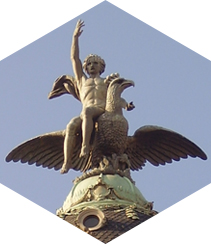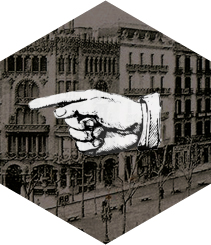
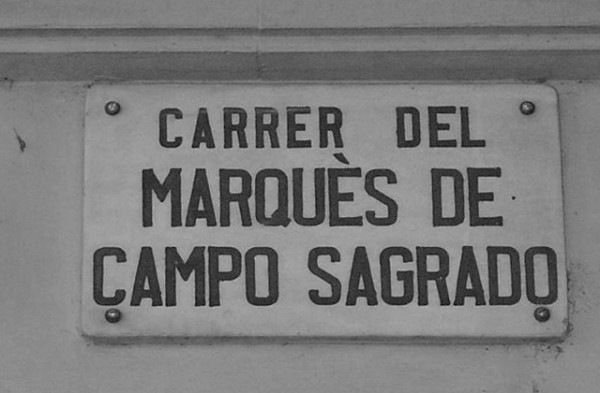
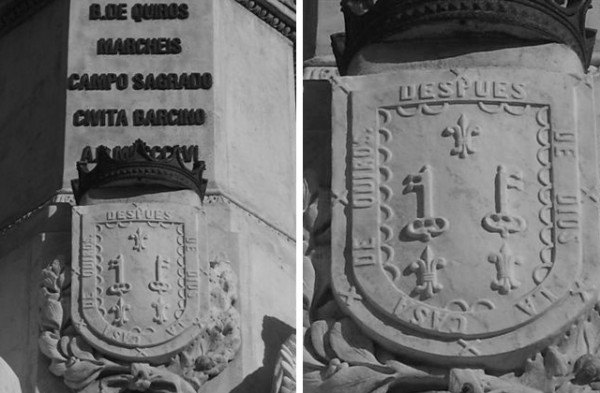
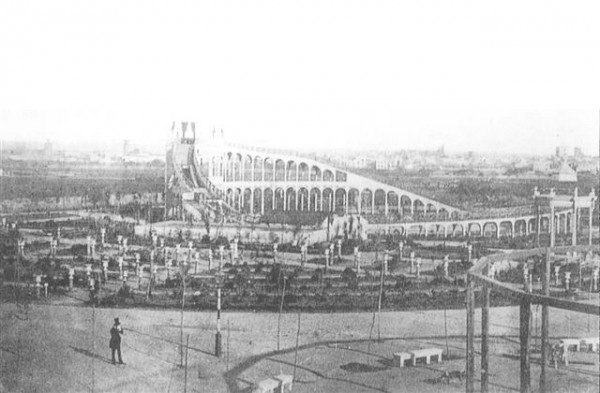

A Trip Through Time
History tells us how everything evolves, what remains and what changes in a certain place. Passeig de Gràcia has changed over time and those who have studied its history talk about its evolution.
First, it was just a way to get from A to B, a road that connected Barcelona with the Vila de Gràcia. Then, on either sides of this pathway gardens sprung up and it become a leisure spot that once again changed when, finally, the Eixample was built. Buildings were constructed and so the avenue became a place of residence.
The old pathway originates from Roman times, when it went from the colony to Sant Cugat crossing Collserola. It was called Camí de Jesús because of the convent that had the same name and that, until the Peninsular War against Napoleon, was located approximately where the current Gran Via is. This simple pathway changed dramatically when in 1827 Captain General Francisco José Bernardo de Quirós, Marquis of Camposagrado, inaugurated an ambitious avenue full of trees. This man, who has got a street in Barcelona named after him, was an important guy, as his family crest (which can be seen at the fountain that the city devoted to him in the Pla de Palau) very plainly states: “Después de Dios la casa de Quirós” [After God comes the Quirós lineage].
This stunning avenue, however, did not attract the public as it was outside the walls. Since the 1840s and up until the construction of the Eixample the situation changed. Along the avenue gardens were opened, something unheard of for citizens living in an old city that was densely populated, dark and stuffy. After the trees and plants of these gardens came the tables, chairs and refreshments and all kinds of fairground rides. So, since the 40s, there was a proliferation of gardens such as the Jardines del Criadero, Jardines del Tívoli, los Camps Elisis, la Nimfa, Jardines de Euterpe or Jardines del Prado Catalán. Of these, the highlight was the Camps Elisis which included an impressive roller coaster.
When the Eixample project that was granted permission in 1860 began to yield results, on both sides of the avenue buildings were built.Important buildings that suited the aesthetic tastes of the time were built along the avenue. Undoubtedly, the most notable is the time during the turn of the century, when modernism triumphed in the city. Passeig de Gràcia was given a new look thanks to the work of great architects. The stretch of avenue that best reflects these years and now attracts the attention of tourists who visit us is located between the roads Consell de Cent and Aragó. It is called the Apple of Discord and, just like the mythological Judgement of Paris, we would be hard pressed if we had to choose the most beautiful building between the Casa Lleó Morera by Doménech i Montaner, the Casa Amatller by Puig i Cadafalch or the Casa Batlló by Antoni Gaudí.
The current avenue is a sum of all that history: it’s a place that must be crossed for those who commute through the city; a leisure area, with the most famous shops and assorted bars, and it’s also home to both the locals and to tourists.



